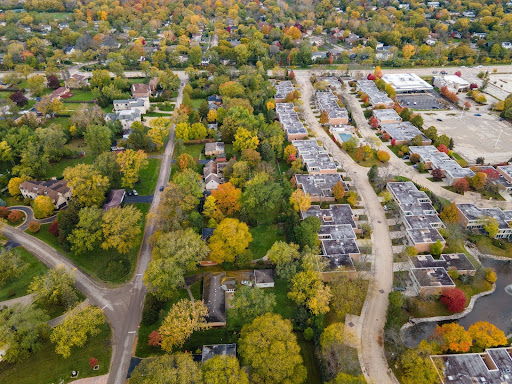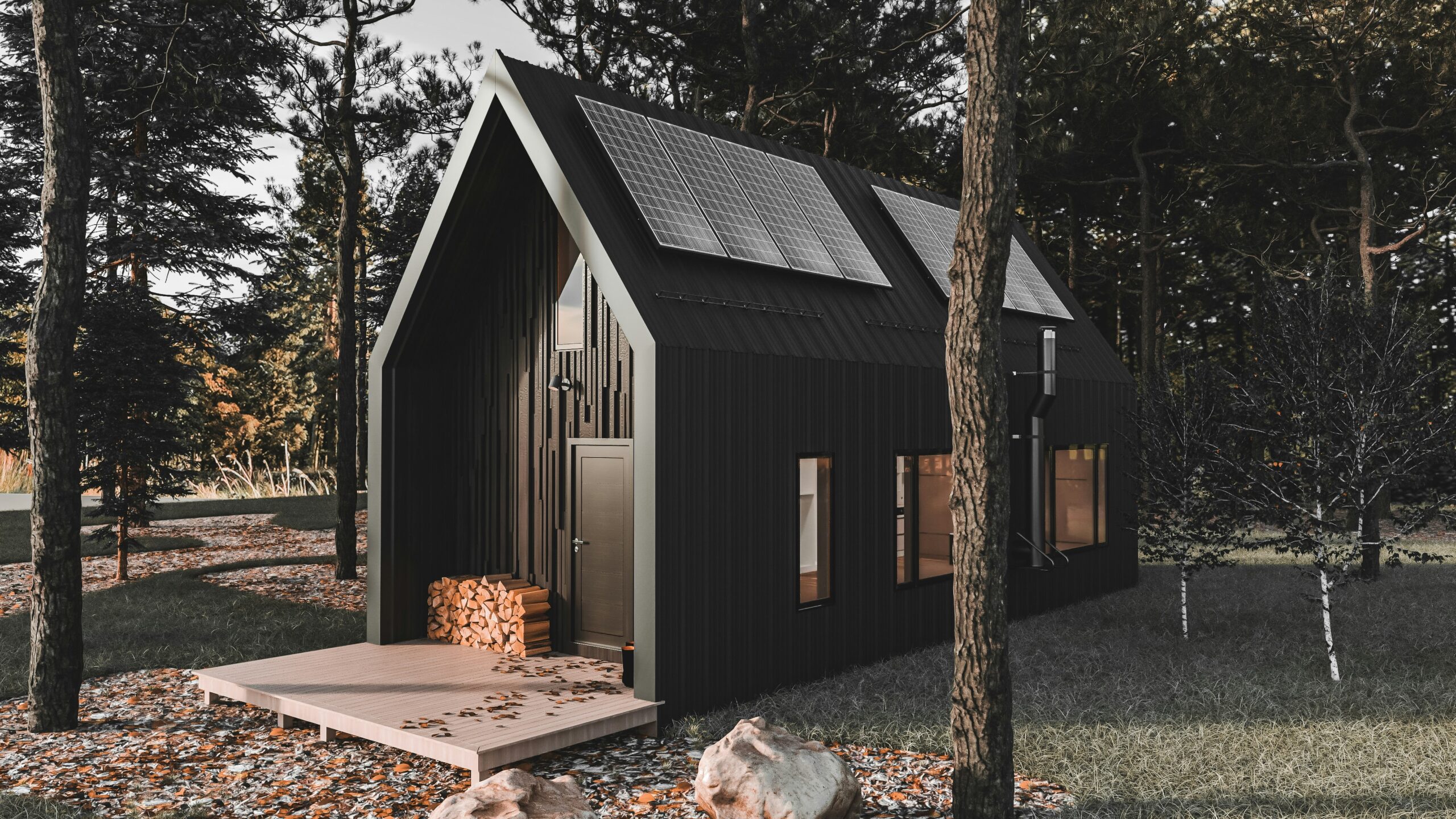Tiny homes are increasingly a popular solution for families seeking flexible living arrangements. Though small, these compact dwellings have significant advantages for anyone looking to maximize space on a shared property. In multifamily living, tiny homes can serve as the perfect accessory dwelling unit (ADU) for extended family members or those wishing to rent out a separate part of their property.
These structures are designed to offer privacy and independence, making it easier for multiple generations or varied household compositions to live close without compromising personal space. At the same time, tiny homes support eco-friendly initiatives by using fewer materials and promoting sustainable living practices.
Tiny homes fit seamlessly into the concept of multifamily living because they provide a creative way to expand functional spaces. Unlike large-scale renovations or building a second full-size house, placing an ADU on a property minimizes disruption.
With thoughtful design, each tiny home can include essential rooms—like a bedroom, bathroom, and kitchenette—and still feel spacious for individuals or small families. This setup encourages an enrichment of family life by having everyone close by, yet with the freedom to create a lifestyle that matches their comfort level.
Balancing Proximity and Privacy
One of the greatest benefits of incorporating tiny homes into multifamily setups is the ability to strike a balance between community and privacy. Many families enjoy spending time together but still need occasional solitude, which can be difficult to achieve under one roof.
By having a separate dwelling on the property, residents can retreat to their own space whenever they need personal downtime. Such flexibility is especially important for extended families where lifestyles, schedules, and habits vary widely.
Even in cases where the tiny home is used as a rental unit, privacy remains a priority. Strategically placed windows, soundproofing materials, and self-contained amenities ensure that everyone’s comfort is respected.
In tandem, homeowners enjoy the benefits of interconnectedness, such as quick visits and shared meals, while protecting personal routines and boundaries. This harmonious separation of living spaces promotes an environment of mutual respect, forging stronger family bonds and an appealing tenant-landlord experience.
Designing Tiny Homes for Diverse Family Needs
A successful ADU design in a multifamily living context should cater to the distinct needs of its residents. Some individuals may use a tiny home as a studio to accommodate remote work, while others might prioritize space for hobbies or shared gatherings.
When planning your tiny home design, consider factors like mobility, functionality, and comfort. Incorporating features such as accessible entrances, wide doorways, or adjustable furniture can make a small space more inclusive for people of all ages and abilities.
The interior layout also plays an important role. A simple yet efficient floor plan—particularly an open concept—helps maintain an airy feel. High ceilings and creative storage solutions like built-in drawers, hidden shelves, and foldable furniture help maximize every square inch.
Beginner-friendly smart-home technology can further optimize daily life, automating tasks like temperature and lighting control. In doing so, tiny homes can become an inviting space that fully meets everyday needs without feeling cramped.
Adapting ADUs for Modern Lifestyles
Providing a tiny home for family members or tenants goes beyond just offering a spare room. It’s about creating an independent setup that resonates with modern lifestyles marked by flexibility and convenience.
With many people working from home, having a self-contained backyard office or studio for specialized projects can be invaluable. Parents, in turn, can enjoy the comfort of knowing adult children or aging relatives remain close by, yet have their own space to flourish.
Choosing to build an ADU can also foster a sense of community among neighbors. As more families adopt tiny home practices, they share tips on cost-effective maintenance, décor ideas, and gardening techniques. This fosters a collaborative neighborhood culture, where tiny homes are not just extra living spaces, but promoters of human and environmental harmony.
Encouraging Green Living and Sustainability
Tiny homes often require fewer resources to build and maintain than standard houses, making them a solid choice for eco-conscious homeowners. Many designs emphasize sustainability, incorporating energy-efficient appliances, solar panels, and water-saving fixtures. Smaller spaces also help reduce overall consumption since residents become more mindful of what they buy and truly need.
A multifamily property that includes ADUs can thus contribute to a sustainable lifestyle on various levels. Shared outdoor spaces might feature community gardens or compost bins that each resident can help maintain. Together, these efforts not only lessen the environmental footprint but also strengthen relationships between members of the household, who come together for a unifying cause.
Exploring Practical Considerations and Positive Impacts
From a homeowner’s perspective, adding a tiny home has several advantages that extend beyond housing immediate family. ADUs can generate extra income by serving as rental units for those seeking affordable housing. This arrangement benefits local communities by increasing housing availability and density in a more discreet way than traditional multifamily complexes.
Moreover, these structures can be a creative way to adapt a property for changing family dynamics. For instance, young adults stepping into independence can inhabit a tiny home on their parent’s property, testing self-reliance without leaping into an entirely separate residence. Older family members, too, can maintain independence while remaining near loved ones for companionship and assistance.
Building a Future With Tiny Homes in Multifamily Settings
Tiny homes demonstrate how the housing landscape can evolve to meet modern needs. Their ability to coexist with traditional homes while offering a world of possibility makes them especially attractive in multifamily setups.
They’re not simply a trend but an innovative solution that complements diverse lifestyles, bridging the gap between close-knit community and personal independence. Whether used for family members or as rentable living spaces, ADUs crafted as tiny homes are reshaping the way people think about property development.
When designing or placing a tiny home, focusing on proper layout, high-quality construction, and modern amenities ensures a welcoming and functional living space. By embracing these mini-dwellings, property owners can cultivate an inclusive environment that fosters strong familial ties, benefits local communities, and exemplifies sustainable living.
Tiny Homes of Tucson stands ready to inspire such endeavors, showcasing how well-planned ADUs can redefine the future of multifamily housing. Contact us today to discover how we can help plan the best ADUs for your property.


